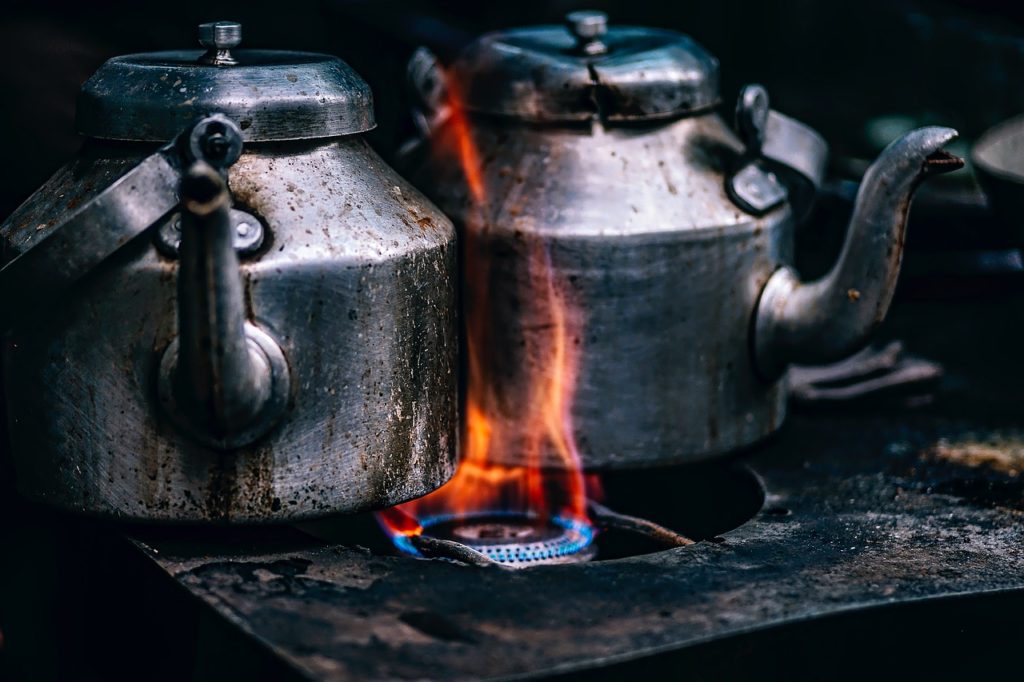
The Boiling Point of Zinc (What is the boiling point of zinc? Science experiment for kids)
Zinc is a transition metal that has 30 electrons and 30 protons with its nucleus bearing 34 neutrons. The symbol for zinc is (Zn). The atomic weight of zinc is 65.38 while its form at room temperature is solid. The density of Zn is 7.14 grams per cm3, it’s melting point is 419 degrees Celsius and 787 degrees Fahrenheit, and the boiling point is 907 degrees centigrade and 1665 degrees Fahrenheit.
Zinc exists as metal and also combines with other chemicals to form chemical compounds. In its metal form, zinc is not reactive with water but can burn in air to form zinc oxide and also reacts with strong acids and strong base solutions.
You want to learn how to test the boiling point of zinc. Well, here’s the thing.
You cannot determine the boiling point of zinc in its natural form because it is insoluble in, water. The boiling point of zinc can only be tested when it is in compound form.
A compound is a combination of two elements that react to form a stable compound. In this case, Zinc can only react with either a strong base or strong liquid to form a compound. If the compound formed is solid, further reaction with a strong acid is done to convert it to a liquid compound. In this experiment, use zinc chloride which is highly soluble in water.
What Equipment is needed?
• Thermometer
• Stand
• Wire Gauze
• Capillary tube
• Iron stand with a clump
• Conical flask
• Distillation flask
How is the boiling point in liquid compounds determined?
When the vapor pressure of the liquid is equal to the atmospheric pressure, this point is what is called a boiling point.
The procedure
Step 1: Arrange the apparatus in an orderly manner.
Step 2: Pour the liquid zinc chloride in the distillation flask, add few humus stones into the flask, and a thermometer.
Step 3: Seal the distillation flask tightly in such a way that it cannot release any pressure or vapor, and is airtight.
Step 4: Heat the flask gently (not rapidly) and note when the bubbles start forming, and the temperature gets constant.
Step 5: Record the temperature from the thermometer at that point as the boiling point of the liquid compound.
Precautions to consider
i. The bulb of the thermometer should be raised a little from the base of the flask. When high temperatures are directed on the bulb of the thermometer, it may break.
ii. The process of heating the flask should be done with low and gentle heat.
iii. Pumice stones need to avoid bumping of liquid.
iv. Lastly, the apparatus should be airtight because it may otherwise cause inaccuracy in the results of the experiment.
Step 5: Record the temperature from the thermometer at that point as the boiling point of the liquid compound.
